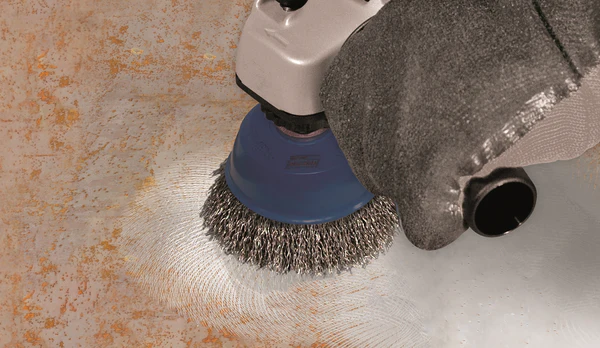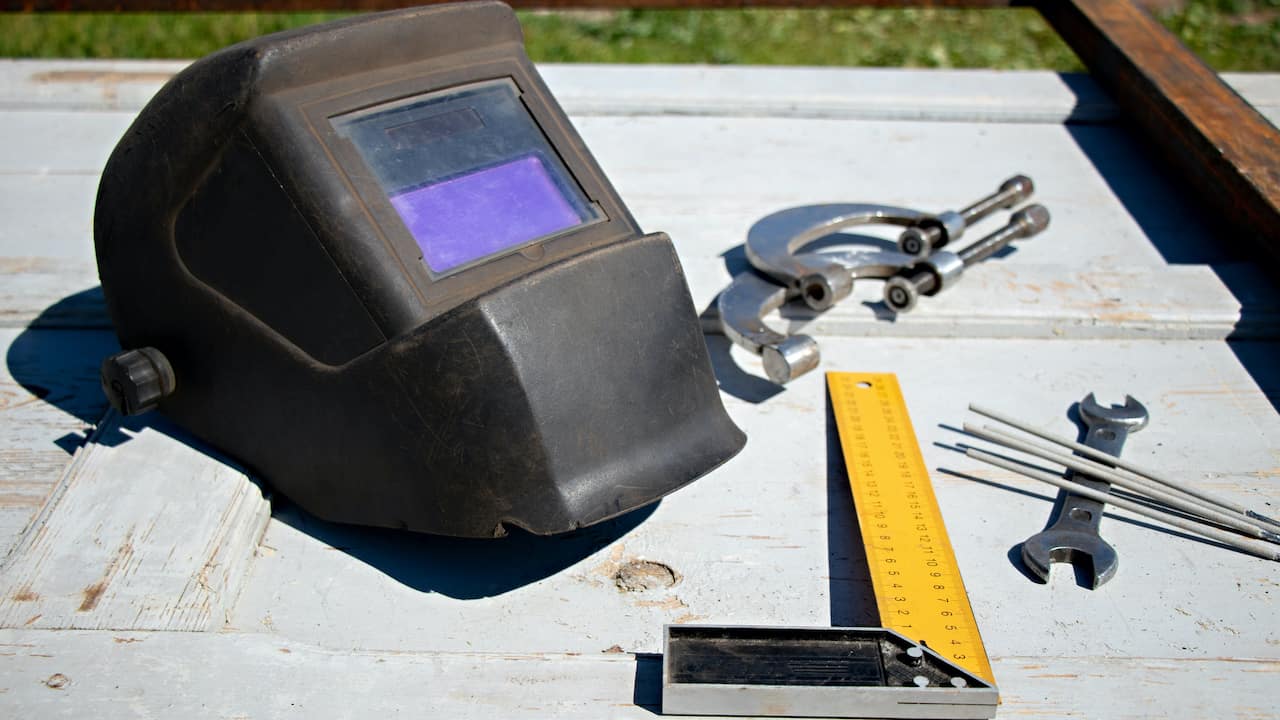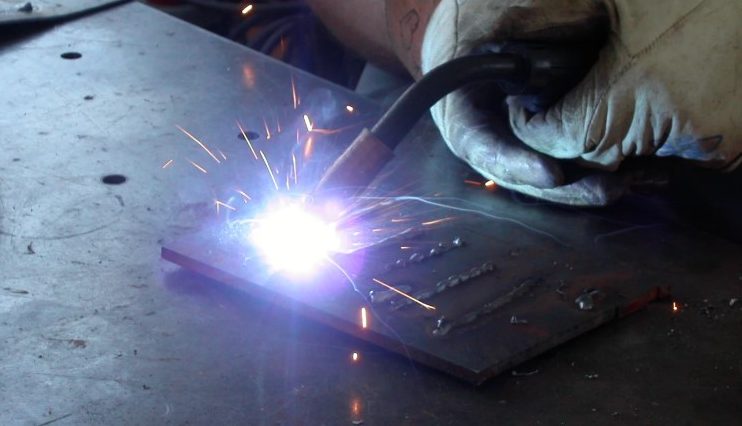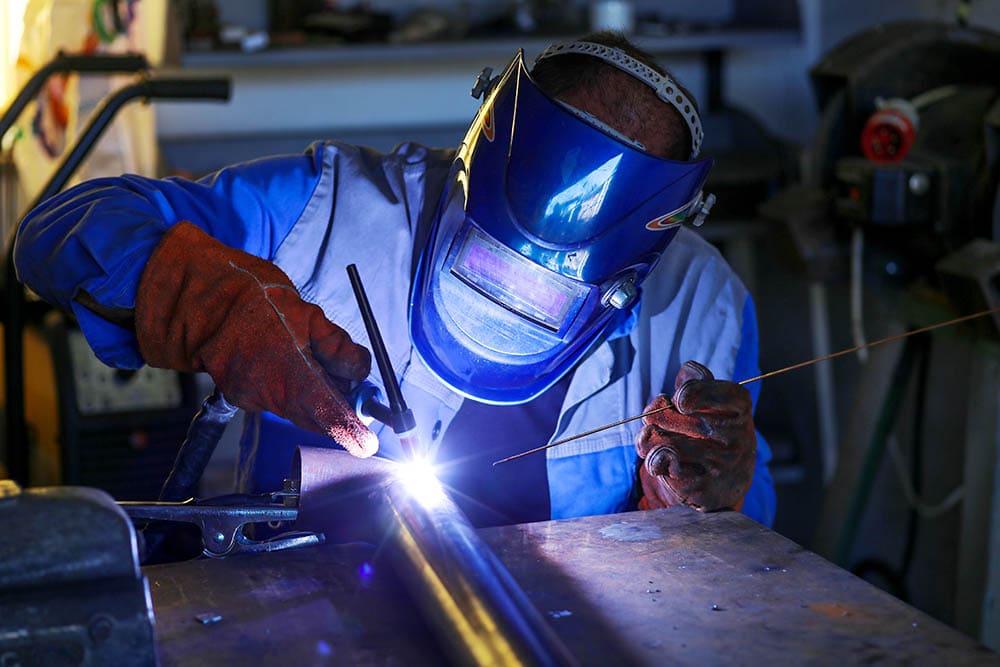If you’re like most welders, you probably know a thing or two about MIG welding, but maybe you don’t know everything there is to know. In this blog post, we‘re going to teach you some tips for MIG welding that will blow your mind!
Tips for MIG welding help improve your job!
1. Keep dust, dirt and grease out of your workspace
One of the tips for MIG welding that you cannot ignore is cleaning your workplace. Keeping your workspace clean and free of dust, dirt, and grease is important for producing high-quality MIG welds. These contaminants can affect the quality of the weld and can lead to porosity, cracking, and other defects.
Here are some tips for keeping your workspace clean:
- Cover your work surface with a clean, dry cloth: This will help to prevent dust and dirt from settling onto your metal surfaces.
- Clean the metal surfaces before welding: Use a clean cloth or a brush to remove any dirt, grease, or other contaminants from the metal surfaces.
- Use a clean and well-maintained welding machine: Make sure that your welding machine is free of dirt and debris and that it is functioning properly.
- Wear clean clothing: Avoid wearing clothes that are covered in dust, dirt, or grease.
- Keep the welding area well-ventilated: Good ventilation can help to keep dust and fumes out of the workspace.
By following these simple steps, you can help to ensure that your workspace is clean and free of contaminants, and you can produce high-quality MIG welds every time.

2. Adjust your welder’s settings
Adjusting your welder’s settings is an important step in producing high-quality MIG welds. The voltage and wire feed speed are two of the most important settings that you should adjust before welding.
The voltage setting on your welder controls the heat that is produced during the welding process. A higher voltage will produce more heat and a deeper penetration, while a lower voltage will produce less heat and a shallower penetration.
The wire feed speed controls the amount of filler metal that is fed into the joint during the welding process. A faster wire feed speed will result in a higher rate of filler metal deposition, while a slower wire feed speed will result in a lower rate of deposition.
Additionally, you may need to adjust the shielding gas flow rate, depending on the type of shielding gas you are using and the type of welding project you are working on. It’s important to familiarize yourself with your welder and its settings, and to make any necessary adjustments before starting your welding project.
3. Have welding consumables on hand
What happens if you lack the tool during the welding process? You will be interrupted and even damaged welds. One of the tips for MIG welding that you should consider is having welding consumables on hand. Welding consumables are the materials that are used during the welding process, such as filler metal, shielding gas, and liners for the welding gun.
Having these essential components on hand will ensure that you are never in a bind and unable to complete your welding project. Running out of filler metal or shielding gas in the middle of a project can be a major inconvenience and can cause delays.
By keeping these essential welding consumables on hand, you will be prepared for any welding project that comes your way and you can work with confidence knowing that you have the tools necessary to finish the job.

4. Use the right technique
Using the right technique is crucial to producing high-quality MIG welds. One common technique used in MIG welding is the push-pull technique.
In the push-pull technique, the welder pushes the welding gun into the joint while simultaneously pulling the trigger to release the filler metal. This technique allows for better control over the filler metal and helps to prevent spatters and welding defects.
To use the push-pull technique effectively, it is important to keep the welding gun at the correct angle, maintain a consistent speed, and use the right amount of filler metal. The angle of the gun should be between 15 and 45 degrees, and the speed should be slow enough to ensure proper penetration but fast enough to prevent excessive spatter.
Another important aspect of the push-pull technique is the use of a consistent, fluid motion. This helps to produce a smooth and even weld that has a uniform appearance and a strong bond.
It’s important to keep in mind that the push-pull technique may not be appropriate for all welding projects, and you may need to use a different technique depending on the metal thickness, joint design, and other factors.
5. Practice welding on scrap metal
Practicing welding on scrap metal is a great way to improve your MIG welding skills. By welding on scrap metal, you can try different techniques and make mistakes without damaging your final project. You can also experiment with different filler metals, welding speeds, and shielding gas flows to see what works best for you.
Additionally, practicing on scrap metal will give you a chance to become more familiar with your welder and its settings. You can try adjusting the voltage and wire feed speed to see how it affects the quality of your welds. This will give you a better understanding of your welder and help you to make the right adjustments when welding on your final project.
Remember that MIG welding requires a steady, fluid motion, so take your time and focus on developing a smooth and consistent welding technique. With practice, you will become more confident and skilled in your MIG welding abilities. This is also one of the tips for MIG welding that you should know.

Rounding It Up
If you’re new to MIG welding, or you’re looking for ways to improve your welding skills, these tips for MIG welding will be sure to blow your mind. By following these simple tips, you’ll be able to achieve impressive results time and time again, no matter what type of weld you’re working on.

